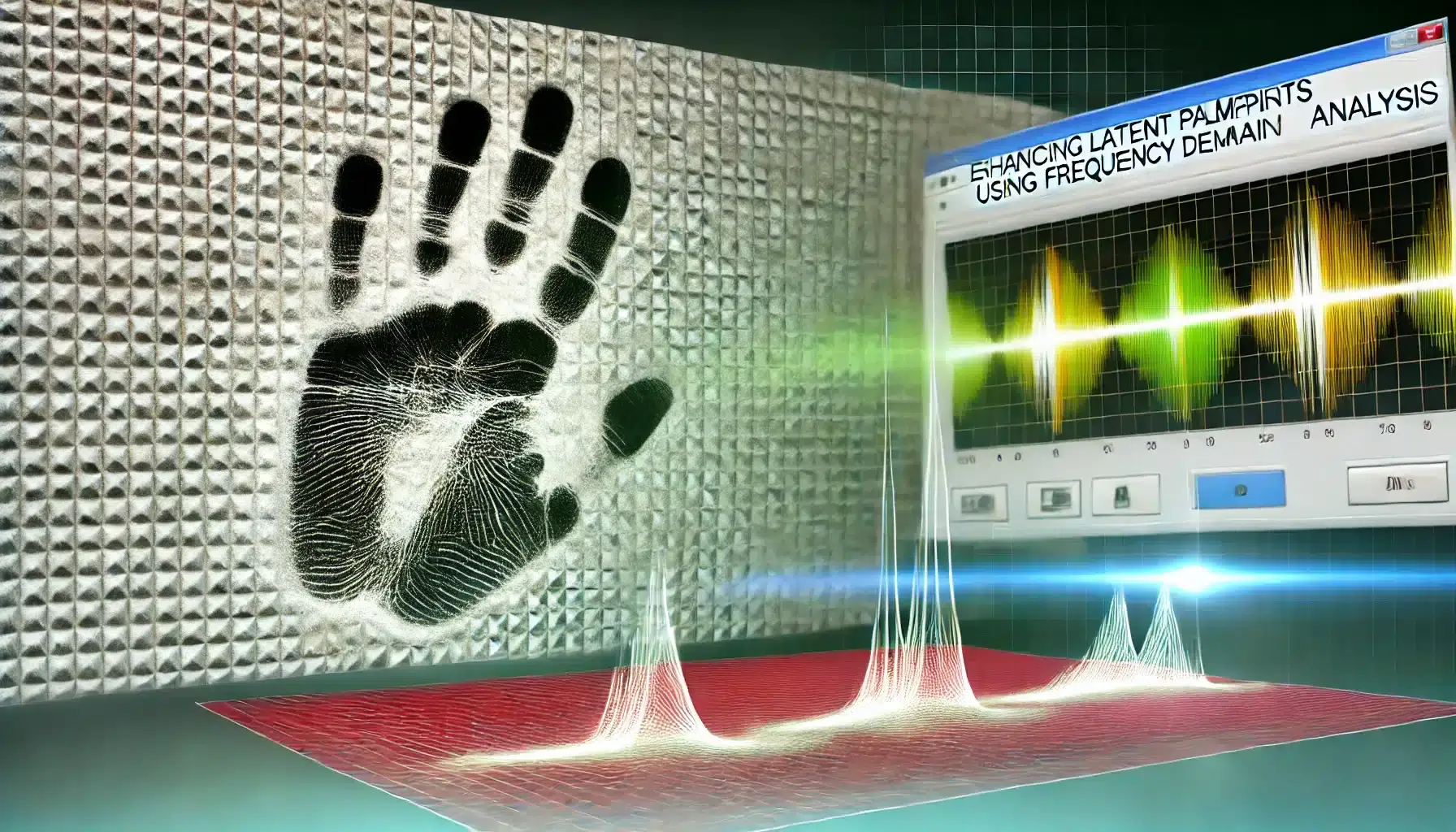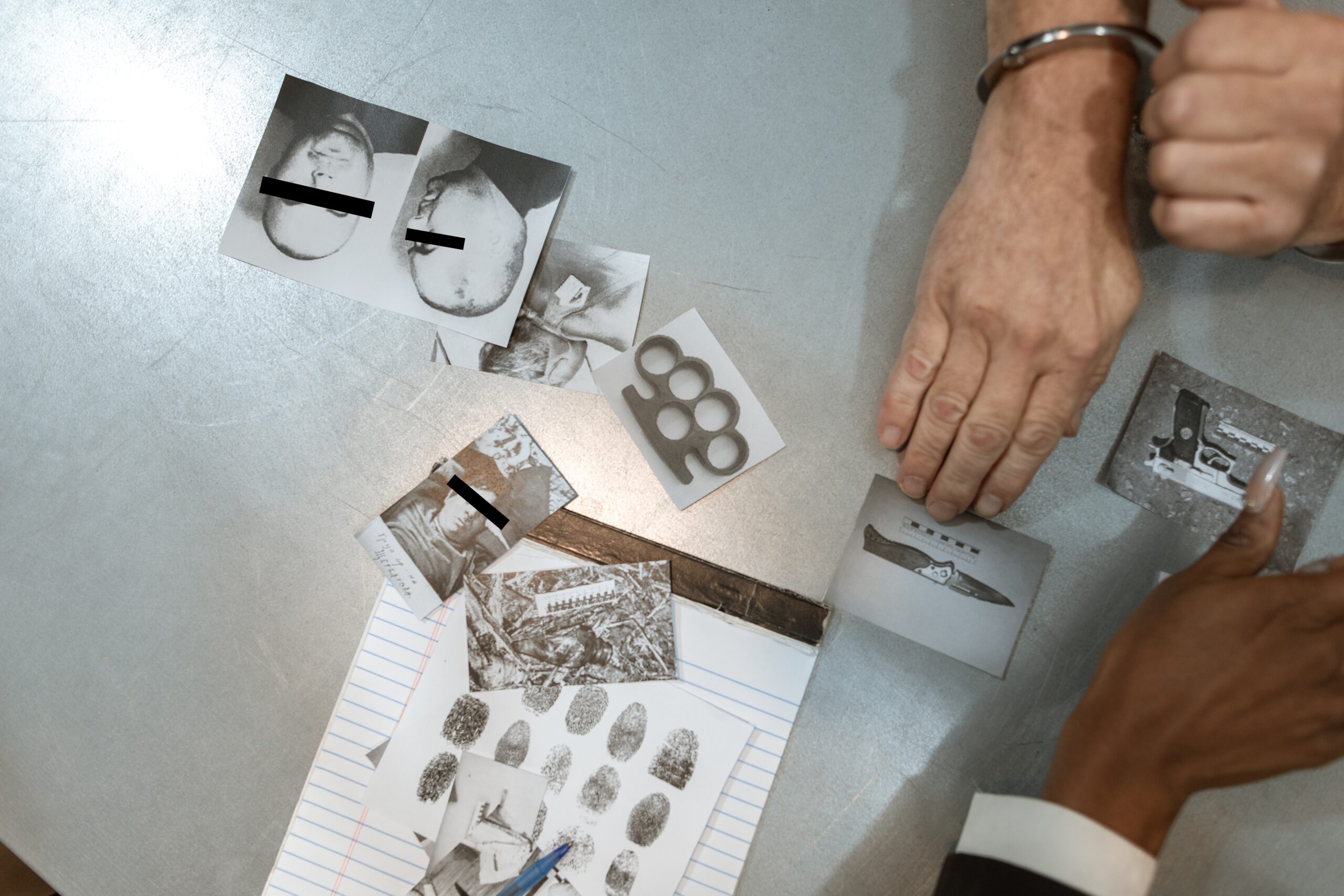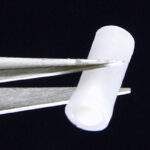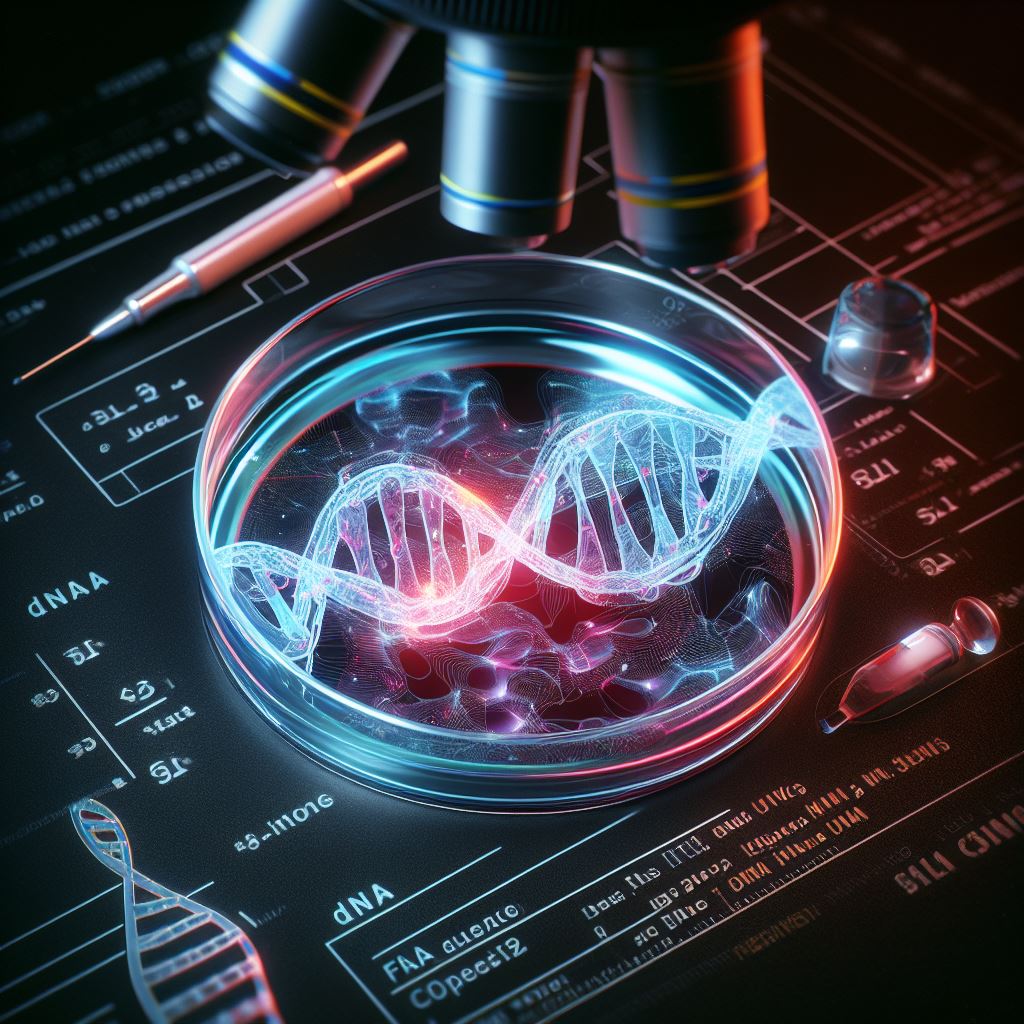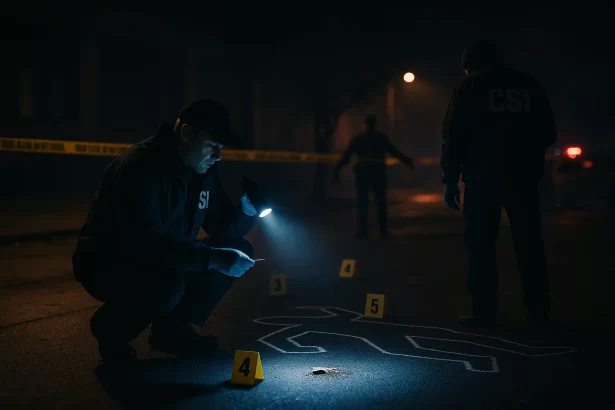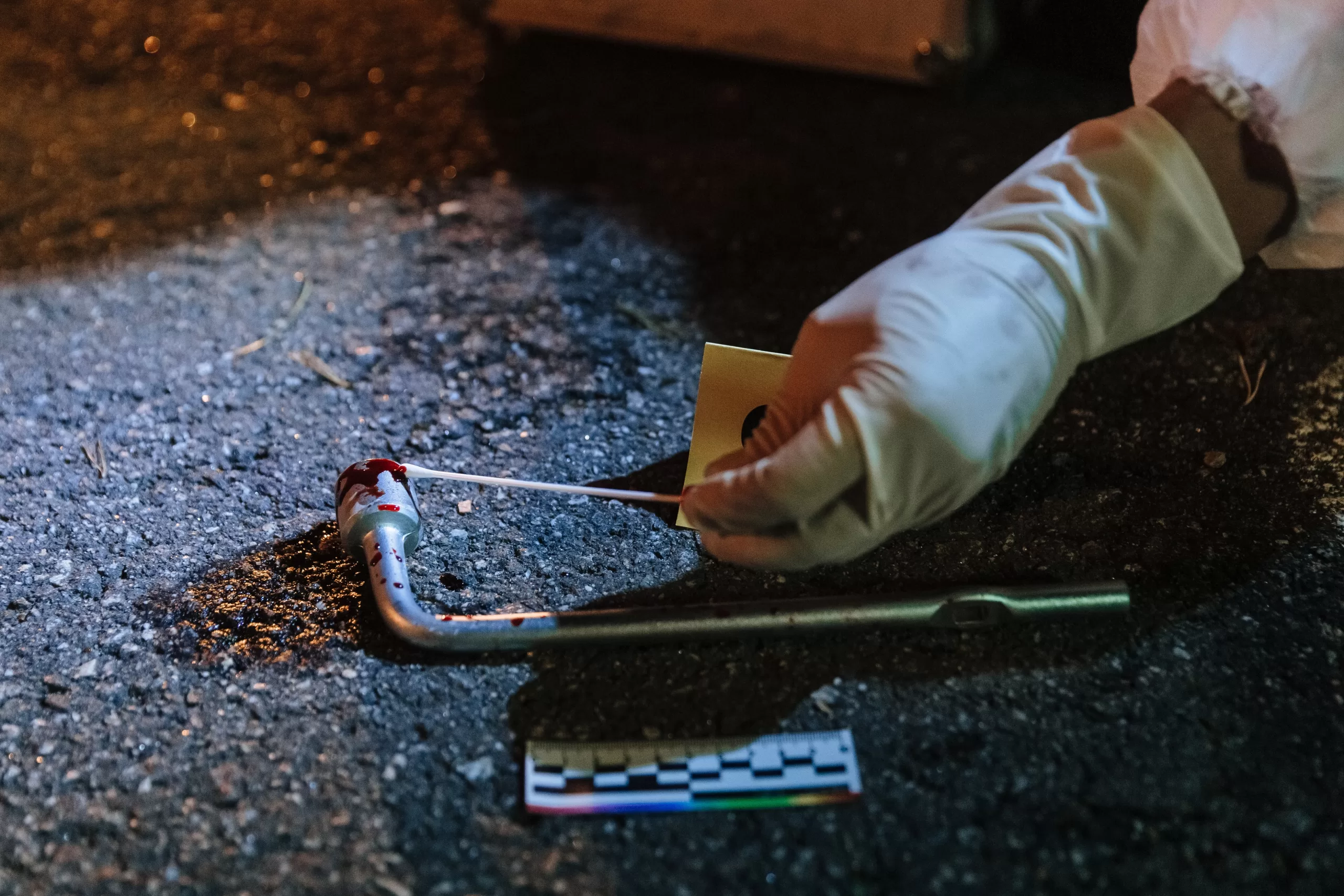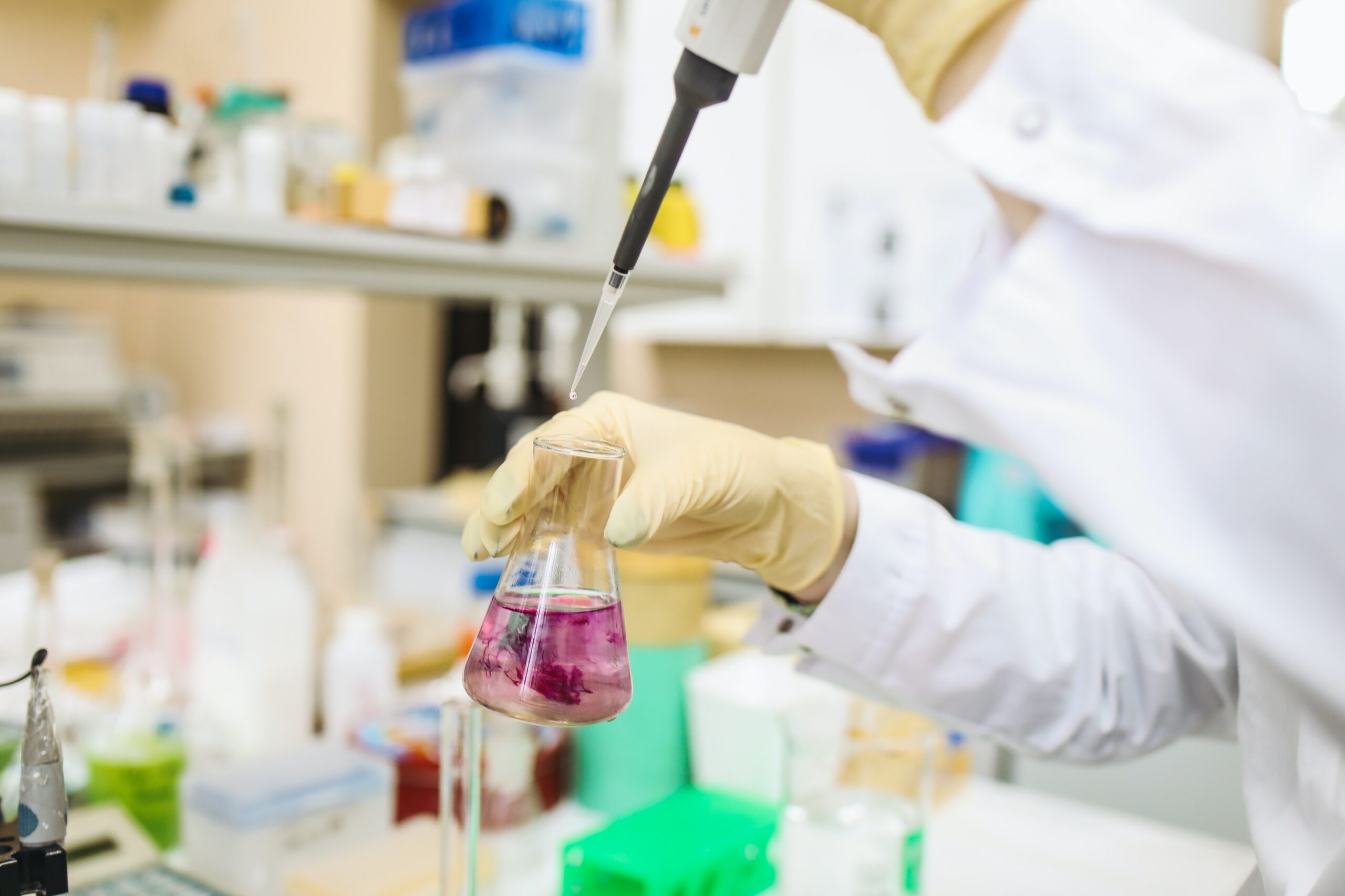Notice: We are transforming our Forensic ScienceDiscover the fascinating field of Forensic Science, the application of scientific principles to legal matters. This post delves into its many disciplines, from DNA analysis to crime scene investigation, its importance in the justice system, and the core tenets that guide forensic experts in their quest for truth. More Timeline into a more detailed and comprehensive journey through the eras of forensic science. Each era, from ancient forensic methods to the latest technological breakthroughs, will have its own post with in-depth insights into key developments.
We will be adding new, comprehensive posts for each forensic milestone every week, so be sure to check back as we continue to explore the fascinating history and future advancements of forensic science. You’ll be able to delve deeper into the techniques, innovations, and cases that have shaped this field!

Forensic Science Timeline: A Journey Through the Evolution of Forensic Investigation
Through this comprehensive timeline, we will take you on a journey through the eras of forensic science. We will explore the tools, techniques, and technologies that have emerged over time. Each period showcases the evolution of forensic methods from the Ancient & Classical Era to the Contemporary Era. These periods reveal how scientific advancements have contributed to solving crimes, both past and present.
B.C.E: Use of Fingerprints by Prehistoric Humans
Evidence of fingerprintsFingerprint, impression made by the papillary ridges on the ends of the fingers and thumbs. Fingerprints afford an infallible means of personal identification, because the ridge arrangement on every finger of every human being is unique and does not alter with growth or age. Fingerprints serve to reveal an individual’s true identity despite personal denial, assumed names, or changes in personal appearance resulting from age, disease, plastic surgery, or accident. The practice of utilizing fingerprints as a means of identification, referred to as dactyloscopy, is an indispensable aid to modern law enforcement. More in early paintings and rock carvings of prehistoric humans. Writing of a hand with ridge patterns is discovered in Nova Scotia. In ancient Babylon, fingerprints are used on clay tablets for business transactions.
Read more about The Utilization of Fingerprints by Prehistoric Humans: A Glimpse into Early Identity and Expression.
2200 BC: The earliest documented code of Law
The earliest documented code of law, promulgated by Hammurabi, king of Babylon, around 2200 BC, contained laws governing the practice of medicine.
Read more about Hammurabi’s Code and Medical Practices.
460-355 BC: Lethality of wounds
In Greece, Hippocrates showed how medicine could influence legal matters by discussing the lethality of wounds.
Read more about Hippocrates and Forensic Medicine.
384-327 BC: Curious Aristotle
Aristotle, a student of Plato and tutor of Alexander the Great, greatly expounds on the study of science and scientific observations, which would later influence forensics and crime investigations, among other things.
Learn more about Aristotle’s Influence on Forensic Science.
339 BC: Use of Poison
Socrates was executed by poisoning with hemlock. The early Greeks were familiar with poisons, and there are references to Ulysses and Hercules anointing their arrows with the serpent’s venom.
Read More about Explore the execution of Socrates by hemlock poisoning and its role in the development of ancient Greek toxicology
300 BC: First Dissections
Herophilus, a Greek scientist, is credited as the first to perform dissections in Alexandria.
Learn More about Herophilus’ Groundbreaking Human Dissections in Ancient Alexandria
287-212 BC: Eureka
The “Eureka” legend told of Archimedes, where the philosopher proved that a crown was not solid gold by comparing measurements of its displacement of water and its weight. It is a direct forerunner of modern forensic engineering techniques. The case marked a critical point when quantitative methods became vital and established the concepts of density, buoyancy, force, and equilibrium.
Read More about Archimedes and Early Forensic Engineering: Foundations of Modern Science
230 BC: First Lie Detection Technique
ERASISTRATUS, an ancient Greek physician, observed that his patients’ pulse rates increased when they told him lies. This is supposed to be the first lie detection test.
Read More about Erasistratus and Early Lie Detection: The Birth of Deception Science
44 BC: Death of an emperor
After Julius Caesar was assassinated in ancient Rome, a physician performed an autopsy and determined that only one was fatal of the 23 wounds found on the body.
Read more about Julius Caesar’s Assassination and the Dawn of Forensic Autopsy
49 AD: First recorded account of Forensic Dentistry
The first recorded example of forensic dentistry may be the account of Agrippina, the Roman emperor Nero’s mother. She sent for the head of her enemy Lollia Paulina to verify her death. While the face was distorted beyond recognition, Agrippina could recognize a distinctively colored front tooth that she had previously noticed in Lollia’s mouth.
Read More about Forensic Odontology in Ancient Rome: Agrippina’s Identification of Lollia Paulina
50-70 AD: Foundation of Forensic Toxicology
Pedanius Dioscorides, a Greek physician, living in Rome, categorizes various plants, their medicinal effects, and their poisoning symptoms. De Materia Medica’s work is considered the foundation of forensic Toxicology.
53-96 AD: First use of Fingerprint Science in Exoneration
A Roman orator and an attorney in the Roman courts, Quintilian, uses known science to prove bloody handprints did not belong to the accused murderer and showed that bloody palm prints were meant to frame a blind man of his mother’s murder.
400s: Who determines the cause of Death
German and Slavic societies made a law that medical experts must be the ones to determine the cause of death in crimes.
600s: Recognized the Expert witness’s particular position
In the sixth century, Emperor Justinian recognized the special position of the expert witness when he declared that physicians were not ordinary witnesses but rather persons who gave judgments rather than testimony.
700s: Fingerprint used for Identification
700s Chinese used fingerprints to establish documents and clay sculpture identity without a formal classification system.
800s: The “inheritance powder”
Arsenic oxide is first produced commercially due to iron and lead mining refining ore. It will become the poison of choice for many over the succeeding centuries – especially Black Widows and Bluebeards, often called “inheritance powder.”

